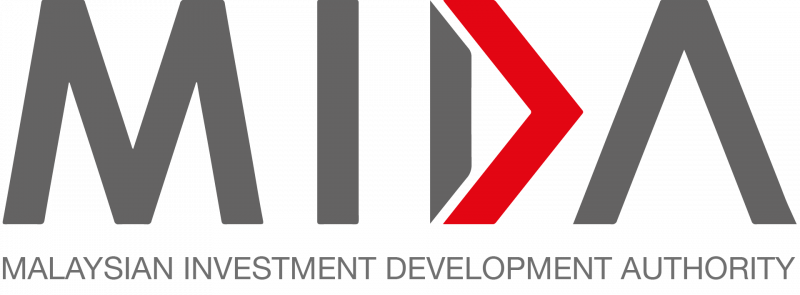Malaysia remains an attractive investment destination for green and renewable energy projects due to its unique cost advantages, strategic location, and supportive government policies, including the National Energy Transition Roadmap (NETR).
Cypark Resources Bhd executive chairman Datuk Ami Moris said since the launch of the NETR in August 2023, there has been an incredible amount of activity and headlines regarding new projects and new partnerships being forged across the private and public sectors in support of the roadmap’s six energy transition levers.
“This bodes well for Malaysia as a whole and, as a result, has also generated many opportunities that a company like CRB could pursue. Sarawak’s growing autonomy has also created further avenues for potential business opportunities in the vast East Malaysian state, which is why we recently established an office there.
“Considering our long history in solar renewable energy, expertise in floating and hybrid solar solutions, and as the owner and operator of the only functioning smart waste-toenergy (WTE) plant in the country, we are wellpositioned to benefit from these new opportunities,“she said in its annual report filed to Bursa Malaysia.
She said that by the end of 2024, CRB’s 390MW renewable energy (RE) capacity will establish the company as the largest independent RE producer and significantly strengthen its financial position.
“Thus, we do have some space to pare down our debts and to be more selective about our work as we work towards our 800MW RE capacity by 2027 target,” Ami said.
She said CRB continues to see strong growth drivers, especially in the net energy metering space, cross-border electricity sales and the upcoming implementation of third-party access that will allow independent power producers to sell electricity directly to customers.
“The WTE space also looks promising as state governments and local authorities grapple with the sustainable disposal of waste, especially in the face of growing land scarcity and increasing populations,“she said further.
According to a Bursa Malaysia filing, CRB posted revenue of RM17.2 million for the fourth quarter ended April 30, 2024, primarily generated from brownfield projects.
The filing noted that the decrease in construction revenue in the current quarter from the LSS2 projects located in Kelantan mainly attributed to their nearing completion, resulting in a lower contribution from LSS construction revenue. The division recorded a loss before tax of RM6.6 million for the current quarter, mainly due to increased administration costs, particularly higher professional fees incurred during the quarter.
Malaysia’s current RE capacity level is at 25%, inching closer to the country’s target of 31% RE share in the national installed capacity mix by 2025, 40% by 2035 and 70% by 2050.
Source: The Sun
Cypark Resources well-placed to tap opportunities in renewable energy
Content Type:
Duration:


